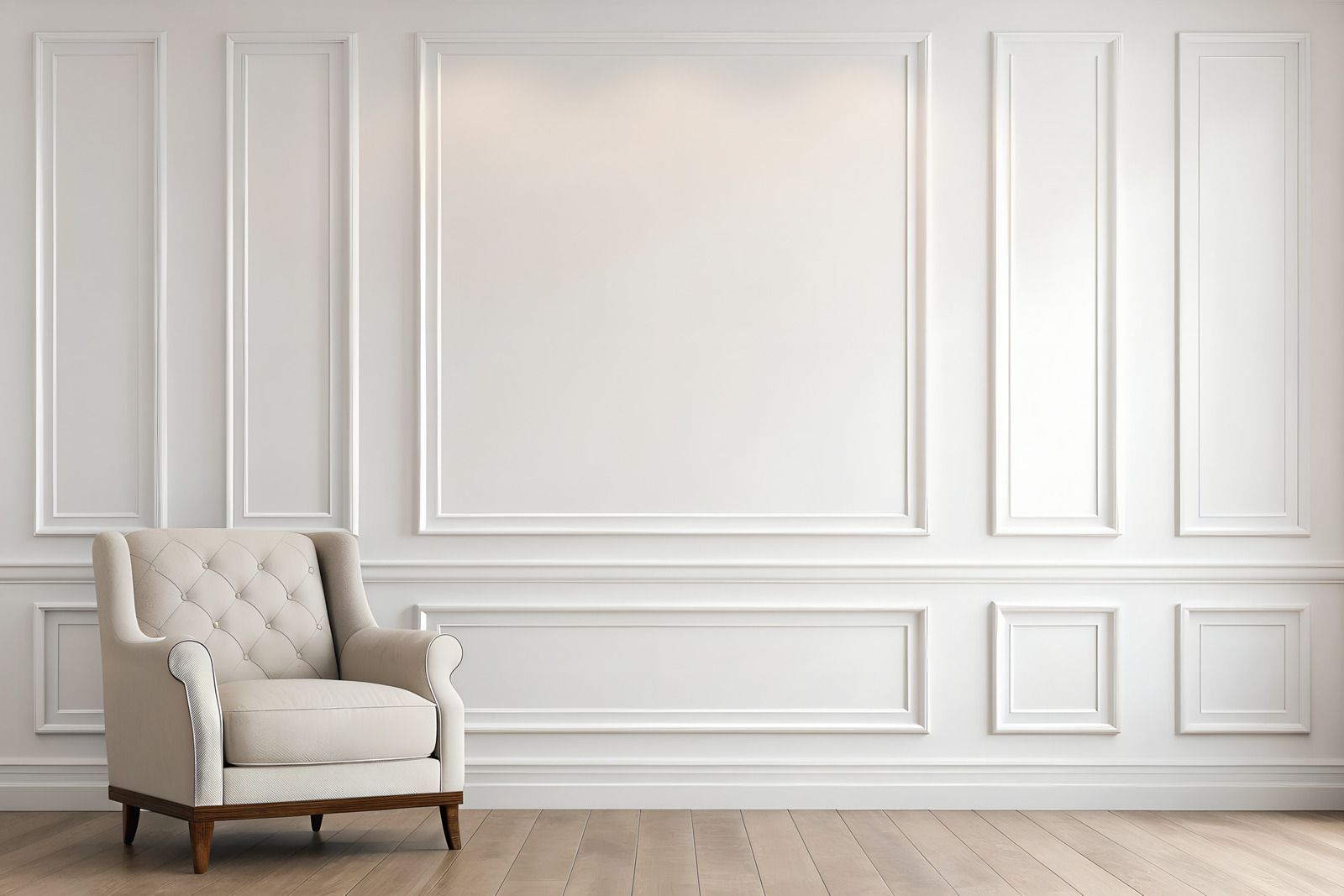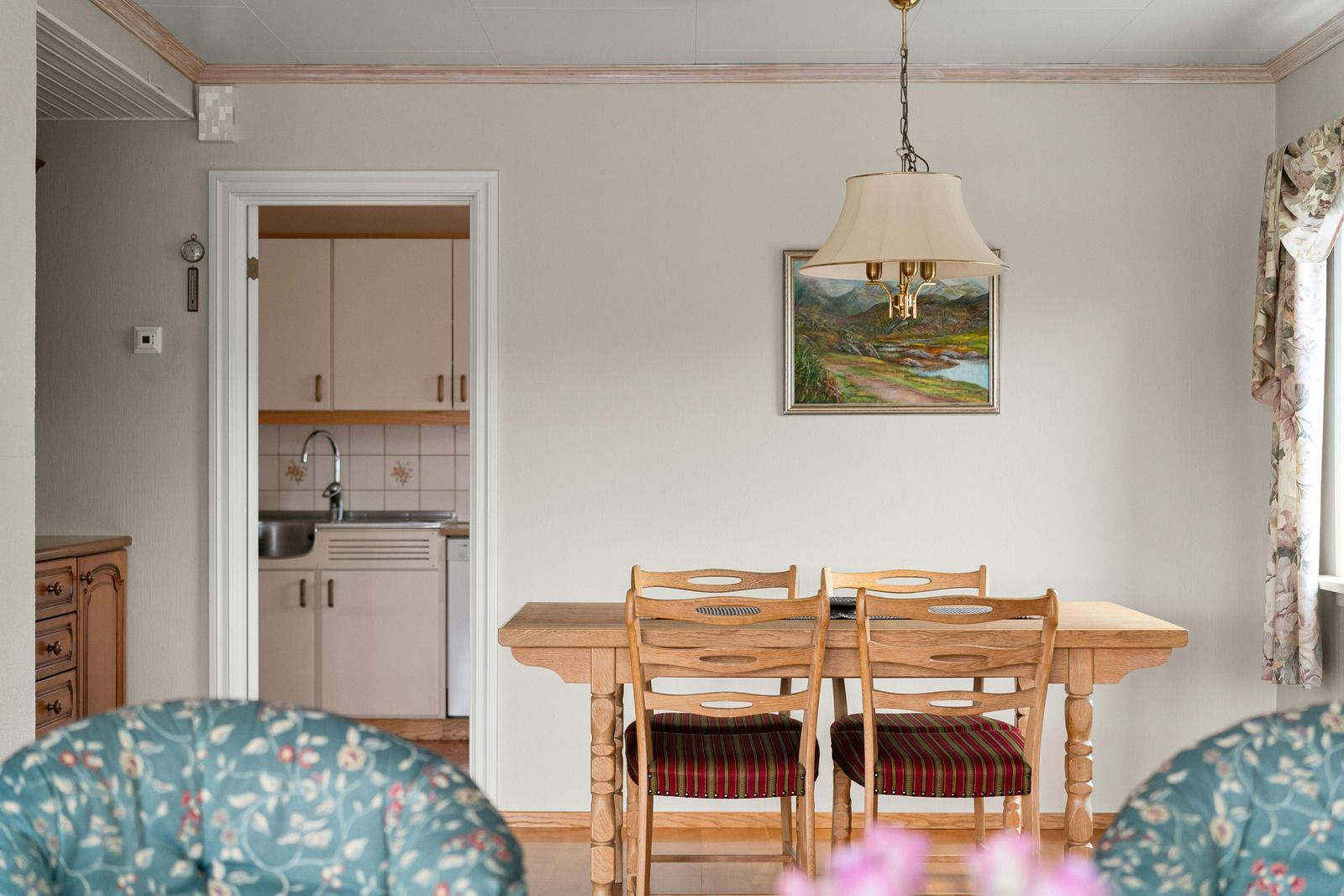Best Practices for Painting Outdoor Spaces
June 2, 2025
Painting outdoor spaces can transform the look of your home and extend the life of your surfaces. Whether you’re refreshing a garden fence, updating the exterior walls, or revamping outdoor furniture, the right approach makes all the difference. Proper preparation, selecting the right paint, and using effective techniques are crucial for achieving a durable and attractive finish.
One of the first steps in any outdoor painting project is preparing the surfaces. This involves cleaning, repairing any damage, and applying a primer to ensure the paint adheres well. Skipping these steps can result in peeling or weakened paint that won’t stand up to the elements.
Selecting the correct type of paint is also essential. Outdoor paints are specially designed to withstand harsh weather conditions and resist UV damage. Choosing high-quality, weather-resistant options will help maintain the appearance of your painted surfaces for years to come.
Applying the paint correctly is just as important as the prep work and product choice. Using the right tools and techniques ensures an even finish that looks professional and lasts longer. After painting, regular maintenance will keep your outdoor areas looking fresh and well-kept. By following these best practices, you can enjoy beautiful and long-lasting outdoor spaces.
Preparing Outdoor Surfaces for Painting
Proper preparation of outdoor surfaces is vital for achieving a long-lasting paint job. It starts with a thorough cleaning process. Use a power washer or a hose with a stiff brush to remove dirt, mould, and any peeling paint. This cleans the surface and allows the paint to adhere better. Pay attention to corners and crevices where dirt tends to accumulate.
Next, inspect the surfaces for any damage. Look for cracks, holes, or rotten wood. Repair these areas by filling cracks with exterior filler and sanding rough spots. Replace damaged wood or other materials to ensure a smooth and stable surface for painting.
Applying a primer is the final step in preparing outdoor surfaces. Primer acts as a base coat that seals the surface and provides a uniform foundation for the paint. It ensures better adhesion and can extend the life of the paint job. Choose a high-quality exterior primer suitable for the type of surface you’re working on, whether wood, metal, or masonry. Allow the primer to dry completely before moving on to painting.
Selecting the Right Paint for Outdoor Spaces
Choosing the right paint for outdoor use is crucial for durability and protection. There are several types of outdoor paint, each with its own benefits:
- Latex Paint: Water-based and easy to clean up, latex paint is flexible and resistant to cracking. It’s great for exterior walls and wood surfaces.
- Oil-Based Paint: Known for its durability and smooth finish, oil-based paint is ideal for surfaces that receive a lot of wear and tear, such as doors and trims.
- Masonry Paint: Specially designed for brick, stone, and concrete, this paint adheres well to rough surfaces and offers excellent protection against the elements.
When selecting paint, consider weather-resistant options. These paints are formulated to withstand harsh weather conditions, including rain, wind, and extreme temperatures. Look for features like mildew resistance and UV protection. UV-protective paints prevent colour fading caused by the sun’s rays, keeping your surfaces looking vibrant longer.
Investing in high-quality, weather-resistant paint ensures that your outdoor spaces remain attractive and protected, reducing the need for frequent repaints and maintenance.
Application Techniques for Long-Lasting Results
Applying paint correctly to outdoor surfaces ensures a lasting and professional finish. Follow these steps for the best results:
- Gather Your Materials: Ensure you have all necessary tools, including brushes, rollers, paint trays, drop cloths, and painter’s tape.
- Protect Surrounding Areas: Cover nearby plants, windows, and non-paintable surfaces with drop cloths and painter’s tape to prevent unwanted splatters.
- Start with Edges and Corners: Use a brush to carefully paint corners, edges, and areas around windows and doors first. This detailing creates a clean edge when followed by roller painting.
- Roll the Large Surfaces: Use a roller to apply paint to the larger, flat areas. Work in small sections, rolling in a ‘W’ pattern for even coverage.
- Apply Multiple Coats: For a durable finish, apply at least two coats of paint. Allow each coat to dry completely before applying the next.
Tips for Achieving an Even Finish:
- Avoid Painting in Direct Sunlight: Direct sun can cause paint to dry too quickly, leading to uneven finish or bubbles. Paint in cooler parts of the day or in shaded areas.
- Maintain a Wet Edge: Always work with a wet edge by overlapping each brush or roller stroke. This prevents visible lap marks.Sand Between Coats: Lightly sand surfaces between coats with fine-grit sandpaper for a smoother finish. Clean off dust before applying the next coat.
These techniques will help you achieve a smooth and durable paint job that enhances your outdoor spaces.
Maintenance Tips to Prolong Paint Life
To keep your painted outdoor areas looking their best, regular maintenance is essential. Here are some tips for prolonging the life of your paint:
- Regular Cleaning and Upkeep: Dust and debris can accumulate on painted surfaces, dulling their appearance. Regularly clean the surfaces with mild detergent and water to remove dirt and maintain the paint’s vibrancy. Use a soft brush or cloth to avoid scratching.
- Inspect for Damage: Periodically check for any signs of peeling, cracking, or blistering paint. Early detection allows for timely touch-ups and prevents further damage caused by weather exposure.
Touch-Up and Repainting Guidelines:
- Small Touch-Ups: Use a small brush to touch up minor chips or scratches. Take care to match the paint colour and finish to the original.
- Repainting: If larger areas show significant wear, consider a full repaint. Follow the preparation and application steps to ensure a uniform look and extended protection.
Seasonal Care: In harsher seasons like winter or rainy periods, inspect and cover vulnerable areas to protect the paintwork. This extra care helps in maintaining the quality of the paint job.
By following these maintenance tips, you can extend the life of your outdoor paint and keep your spaces looking fresh and vibrant.
Conclusion
Painting outdoor spaces enhances the look and lifespan of your home’s exterior. By properly preparing surfaces, selecting the right paint, and using effective application techniques, you ensure a durable and appealing finish. Regular maintenance is crucial to prolong the life of the paint, keeping your outdoor areas in top condition.
With over 30 years of expertise, Decorwise Painters and Decorators London provides professional painting and decorating services to bring your vision to life. Contact Decorwise Painters and Decorators London today to transform your outdoor spaces with quality and precision.



